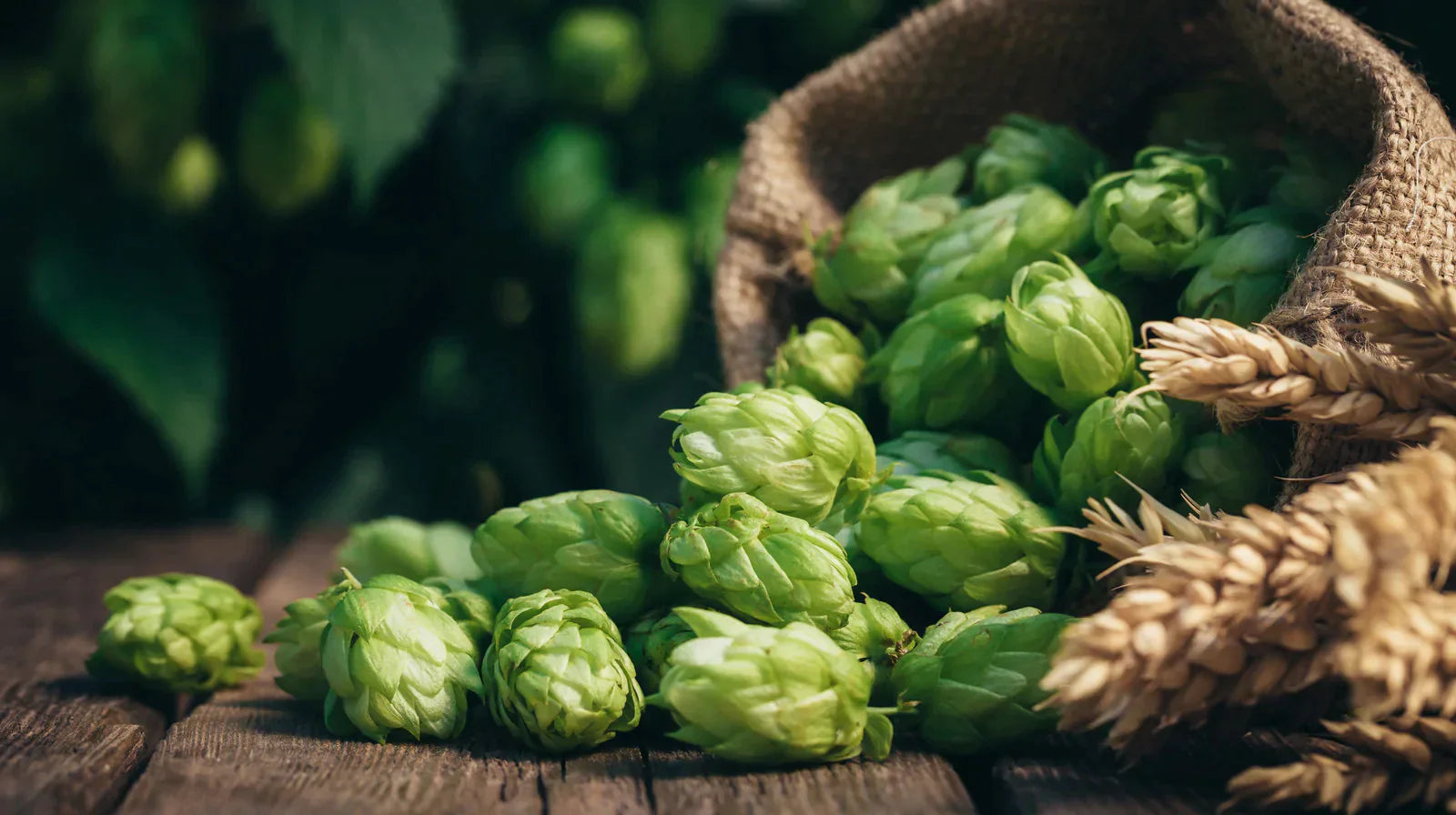Hey guys. We know a lot of you have recently made the jump to kegging your brews. There are probably a decent number of folks out there switching up from bottling, and an equally large number jumping straight into both homebrewing and kegging. Welcome to you all!
Now, as new or newish homebrewers, you have probably spent a bunch of time on the fermentation side of things, and I don’t blame you, as that is where the magic happens!
But, no matter whether you are brewing with extracts all grain, BIAB or fresh wort kits, sooner or later you will need to get that delicious nectar into a keg!
We are here to help, so don’t panic. It’s a simple process, and we are there for you.
There are basically two main ways to go about kegging your homebrew.
The first way is if you are kegging from a non pressure capable fermenter. Something like our Fermzilla Flat Bottom or a standard HDPE fermenter as so many homebrewers have started their journey with (myself included!)
If this is the kit you are using, please read on!
To begin, the first step is to ensure your keg is cleaned and sanitised. Please check out this post for advice on how best to do this. Using CO2 to purge your sanitised keg is also a great way to minimise O2 ingress. This will be covered in greater depth when we talk about pressure fermentation in a later post.
Part 1: Kegging your beer by siphon or tap
Now, if you can’t do a pressure transfer, the name of the game is to transfer your beer as smoothly as possible. We want to try to avoid splashing the precious fluid. This is because once fermentation is done, oxygen is the enemy, so as gentle a transfer as possible is best.
There are two ways to go about this. Both will be gravity transfers.
By far the easiest method is to simply use the tap on your fermenter. Simply attach a length of silicone or similar tubing to the tap, after first sanitising the tubing and tap – see this post for advice on cleaning and sanitation.
Once that is done, remove the airlock from the fermenter. Ensure that the tubing is all the way down to the bottom of the keg, and that there are no kinks in the line.
Now it is a simple matter of opening the tap and watching as gravity slowly transfers your home brew into the keg, filling gently from the bottom up to minimise splashing.
Once the transfer is finished, seal up the keg and put it in your fridge or kegerator to chill. Hook it up to CO2 so that you can carbonate using the ‘set and forget’ carbonation method.
You may choose to speed up this process – we will be discussing other, faster carbonation methods in a later post.
Now, if your fermenter does not have a tap, fear not! You can achieve exactly the same result with the addition of a simple and inexpensive piece of gear – the Auto Siphon.
The difference here is that you will need to remove the top of your fermenter. Insert your (cleaned and sanitised) auto siphon, prime as per the instructions and again, gently fill the keg, trying to minimise splashing and filling from the bottom up where possible.
Again, when the transfer is done, seal up and chill the keg so it can be carbonated.
Part 2: Pressure transfers
Now, if you have a pressure capable fermenter (such as the staff favourite 30L Fermzilla All Rounder) then this process becomes a wee bit different. As mentioned, we will cover this in greater detail with our guide to pressure fermentation, so here are the basics.
The principle behind a pressure transfer is very simple. Provided you have less pressure in the receiving vessel – the keg in this case – then the transfer will be pretty much automatic. So we basically just need a source of pressure (CO2 in this case) and a means of regulating it – we use a BlowTie Spunding Valve for this.
The easiest method to do a pressure transfer is to hook the Fermzilla up to CO2 at about 10psi.
Place the Blowtie Spunding Valve onto the gas post of your cleaned and sanitised keg. Adjust the valve so that it vents at around 5psi. The exact amount does not matter, provided it is less than the pressure in the Fermzilla.
Now simply connect the liquid post of the Fermzilla to the liquid post of the keg. You will need some tubing with a liquid disconnect on each end – we generally use 9.5mm EVABarrier, premium disconnects and a couple of Duotights for this.
Due to the pressure differential between the two, you will find that the transfer will happen automatically. As long as the differential is maintained by keeping the pressure constant in the Fermzilla with CO2, and venting the excess pressure in the keg with the spunding valve, the transfer will continue until the Fermzilla is empty.
It is good practice to monitor the transfer to ensure you do not overfill the keg, as this can cause beer to vent through the gas post which can then damage the spunding valve. You can use scales to monitor the transfer, or simply visually monitor it if the beer is cold as you will most likely see condensation build up showing the progress.
Using a device such as the Flow Stopper on the gas post of the keg before the spunding valve will also stop the transfer automatically as soon as it reaches the gas post.
Once your keg is filled you just need to put it in your kegerator and hook it up to CO2 to allow it to finish carbonating. This will take around 6-14 days at serving pressure of 10-12psi.
So, there we have it. A couple of quick and easy ways to get your beer into a keg, ready to serve. There’s quite a bit more to cover in relation to pressure transfers, as having a pressure capable fermenter does open a world of possibilities. We will cover that in greater depth in an upcoming post unlocking the mysteries of fermenting under pressure.
As ever, happy brewing!


